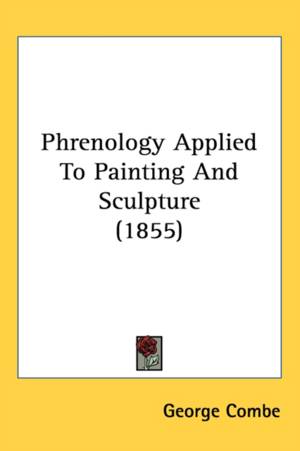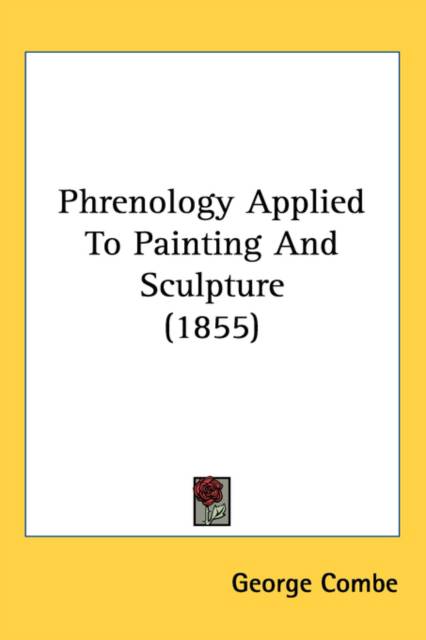
- Afhalen na 1 uur in een winkel met voorraad
- Gratis thuislevering in België vanaf € 30
- Ruim aanbod met 7 miljoen producten
- Afhalen na 1 uur in een winkel met voorraad
- Gratis thuislevering in België vanaf € 30
- Ruim aanbod met 7 miljoen producten
Zoeken
€ 54,45
+ 108 punten
Uitvoering
Omschrijving
Phrenology Applied To Painting And Sculpture is a book written by George Combe in 1855. The book explores the relationship between phrenology, a pseudoscientific theory that claims to be able to determine personality traits and mental abilities based on the shape of the skull, and the arts of painting and sculpture. Combe argues that an understanding of phrenology can help artists create more accurate and powerful representations of human subjects.The book is divided into two parts. The first part provides an overview of phrenology, including its history, principles, and methods of analysis. Combe also discusses the different areas of the brain and their corresponding mental faculties, as well as the role of the skull in determining personality and behavior.The second part of the book applies phrenology to the arts of painting and sculpture. Combe argues that artists should pay close attention to the shape and proportions of the head and face when creating portraits or sculptures, as these can reveal important information about the subject's character and temperament. He also provides examples of famous works of art that demonstrate the principles of phrenology.Overall, Phrenology Applied To Painting And Sculpture is a fascinating look at the intersection of art and pseudoscience in the mid-19th century. While phrenology has since been discredited as a scientific theory, the book provides valuable insights into the ways in which artists have sought to understand and represent the human form throughout history.This scarce antiquarian book is a facsimile reprint of the old original and may contain some imperfections such as library marks and notations. Because we believe this work is culturally important, we have made it available as part of our commitment for protecting, preserving, and promoting the world's literature in affordable, high quality, modern editions, that are true to their original work.
Specificaties
Betrokkenen
- Auteur(s):
- Uitgeverij:
Inhoud
- Aantal bladzijden:
- 180
- Taal:
- Engels
Eigenschappen
- Productcode (EAN):
- 9781437197075
- Verschijningsdatum:
- 27/10/2008
- Uitvoering:
- Hardcover
- Formaat:
- Genaaid
- Afmetingen:
- 152 mm x 229 mm
- Gewicht:
- 435 g

Alleen bij Standaard Boekhandel
+ 108 punten op je klantenkaart van Standaard Boekhandel
Beoordelingen
We publiceren alleen reviews die voldoen aan de voorwaarden voor reviews. Bekijk onze voorwaarden voor reviews.











